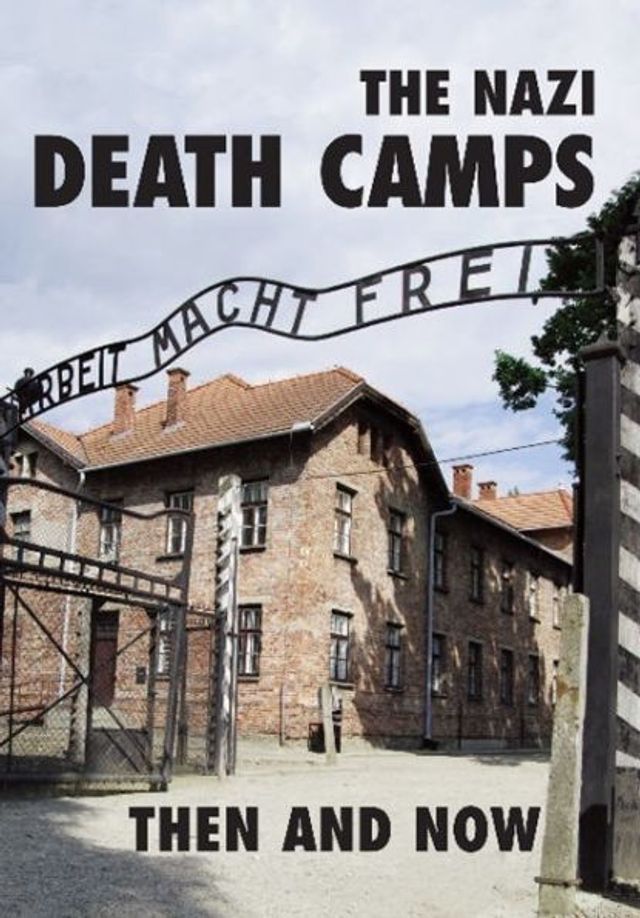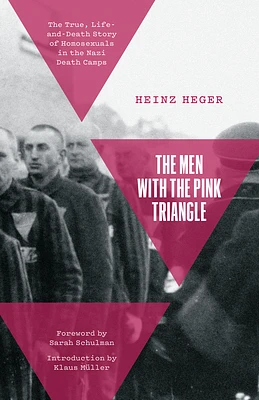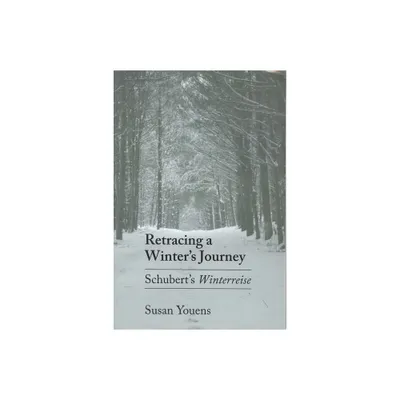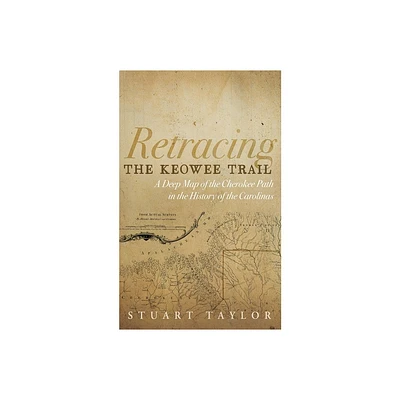Home
Spaces of Treblinka: Retracing a Death Camp
Loading Inventory...
Barnes and Noble
Spaces of Treblinka: Retracing a Death Camp
Current price: $60.00


Barnes and Noble
Spaces of Treblinka: Retracing a Death Camp
Current price: $60.00
Loading Inventory...
Size: Hardcover
*Product Information may vary - to confirm product availability, pricing, and additional information please contact Barnes and Noble
Spaces of Treblinka
utilizes testimonies, oral histories, and recollections from Jewish, German, and Polish witnesses to create a holistic representation of the Treblinka death camp during its operation. This narrative rejects the historical misconception that Treblinka was an isolated Nazi extermination camp with few witnesses and fewer survivors. Rather than the secret, sanitized site of industrial killing Treblinka was intended to be, Jacob Flaws argues, Treblinka's mass murder was well-known to the nearby townspeople who experienced the sights, sounds, smells, people, bodies, and train cars the camp ejected into the surrounding world. Through spatial reality, Flaws portrays the conceptions, fantasies, ideological assumptions, and memories of Treblinka from witnesses in the camp and surrounding towns. To do so he identifies six key spaces that once composed the historical site of Treblinka: the ideological space, the behavioral space, the space of life and death, the interactional space, the sensory space, and the extended space. By examining these spaces Flaws reveals that there were more witnesses to Treblinka than previously realized, as the transnational groups near and within the camps overlapped and interacted.
provides a staggering and profound reassessment of the relationship between knowing and not knowing and asks us to confront the timely warning that we, in our modern, interconnected world, can all become witnesses.
utilizes testimonies, oral histories, and recollections from Jewish, German, and Polish witnesses to create a holistic representation of the Treblinka death camp during its operation. This narrative rejects the historical misconception that Treblinka was an isolated Nazi extermination camp with few witnesses and fewer survivors. Rather than the secret, sanitized site of industrial killing Treblinka was intended to be, Jacob Flaws argues, Treblinka's mass murder was well-known to the nearby townspeople who experienced the sights, sounds, smells, people, bodies, and train cars the camp ejected into the surrounding world. Through spatial reality, Flaws portrays the conceptions, fantasies, ideological assumptions, and memories of Treblinka from witnesses in the camp and surrounding towns. To do so he identifies six key spaces that once composed the historical site of Treblinka: the ideological space, the behavioral space, the space of life and death, the interactional space, the sensory space, and the extended space. By examining these spaces Flaws reveals that there were more witnesses to Treblinka than previously realized, as the transnational groups near and within the camps overlapped and interacted.
provides a staggering and profound reassessment of the relationship between knowing and not knowing and asks us to confront the timely warning that we, in our modern, interconnected world, can all become witnesses.


















